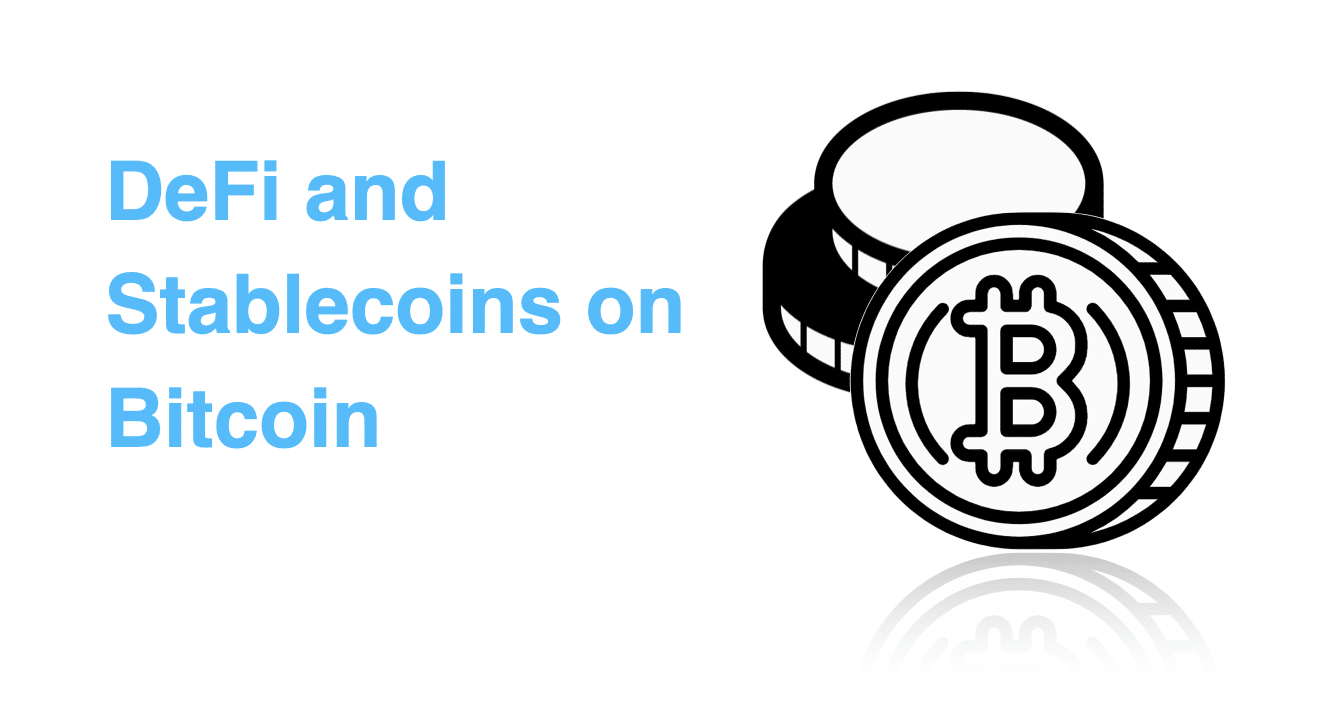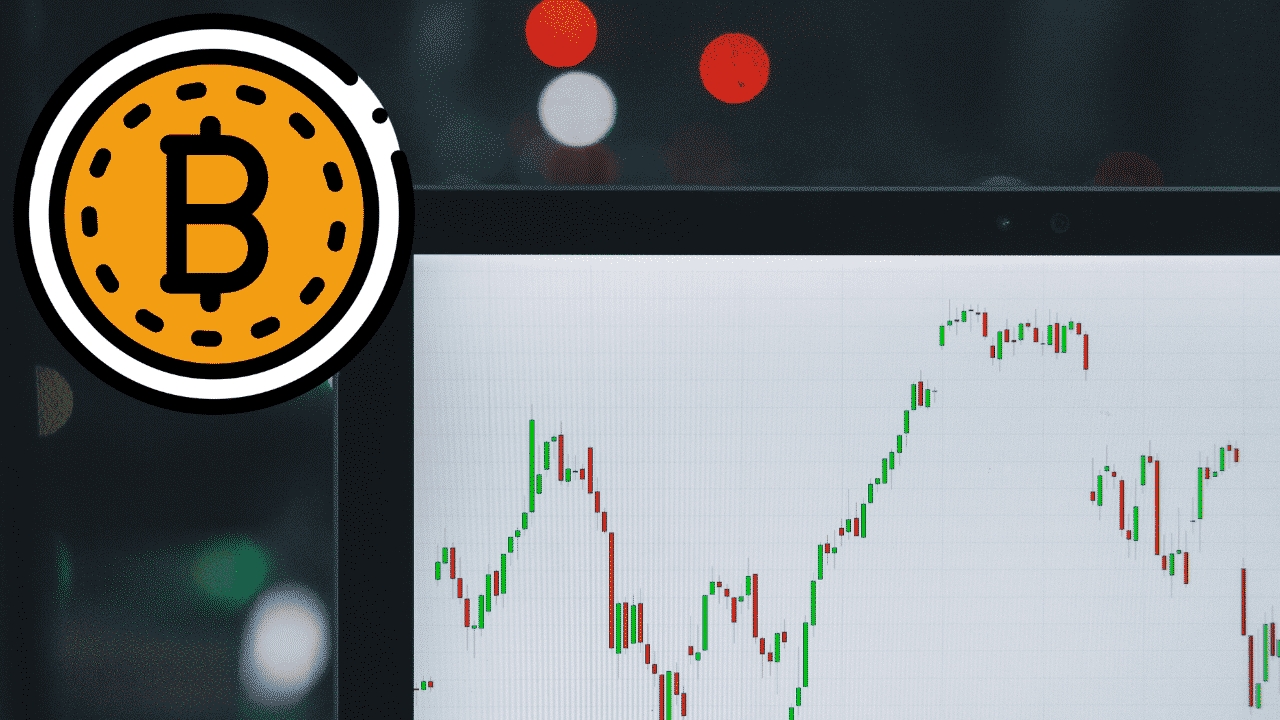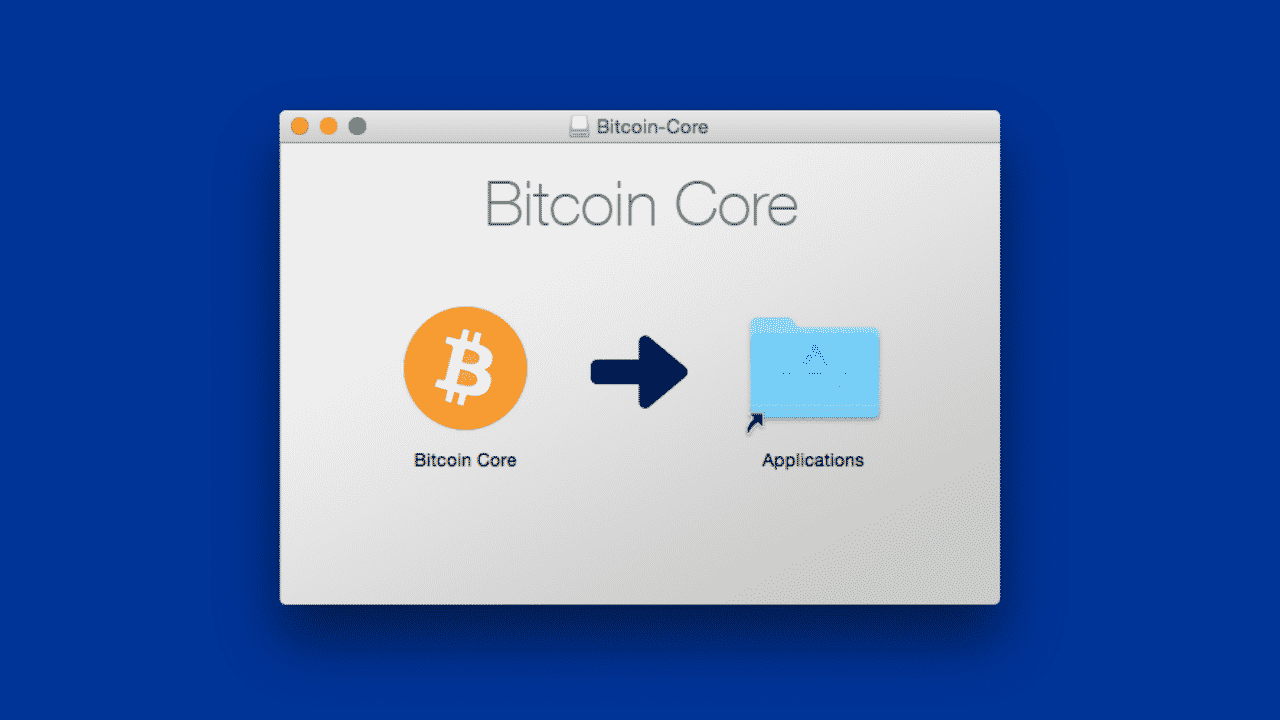 Navigation
Navigation
Bitcoin Hashrate Reaches All-Time High. Taking a Closer Look – Blockgeeks
|
|
Bitcoin hashrate reached an all-time high of 80.25 EH/s 7th August 2019. As per a screenshot taken from BitInfoCharts, the bitcoin hashrate has now come down slightly to 71.85 Eh/s.
Another fascinating thing to observe here is that the overall network hashrate has been increasing steadily since December 2018. If we zoom in and take a closer look:
We can see that the bitcoin hashrate is currently trending between 70-80 Eh/s, which is higher than it has ever been in the coin’s history.
Hashrate is defined as the computational power of a decentralized proof-of-work (POW) network. In a POW network, there are special nodes called miners who use their computational power to – mine blocks and to maintain the overall network health and well-being. To put it very roughly – more the miners operating within the system, more the total processing power of the network.
Another variable that moves in conjunction with the hashrate is network difficulty. Let’s look at the all-time chart for network difficulty:
As you can see, the difficulty chart is following the hashrate chart, and it makes perfect sense. Network difficulty is a term used to describe how difficult it is to mine successfully in the bitcoin blockchain. Because there are a limited number of Bitcoins out there, as more miners join the network, they will pump out all the coins in no time.
To prevent that from happening, Satoshi Nakamoto introduced a “difficulty factor” into bitcoin‘s mining algorithm. Basically, as the difficulty of the network increases, the miners will need to spend more time and effort to successfully mine blocks. The relation between the hashrate and difficulty is as follows:
- If the hashrate goes up, the difficulty increases to keep it under control.
- If the hashrate decreases, then the difficulty will drop to allow for more mining.
Mining Industry Spurring Semiconductor Innovation
bitcoin reached the 1 Eh/s mark on January 2016 and is now aiming for the 100 Eh/s mark. This potential 100x increase in overall hashing power gives us an indication of how much the mining industry has grown. All eyes will be on the ASIC industry to see if they can produce more power-efficient ASICs over time.
MarketWatch reported on June 6, 2019, that the ASIC Chip Market is primed for “Massive Growth by 2025.” Along with the forecasted growth, the ASIC industry is continuously evolving and innovating to produce better chips. Cryptocurrency mining was responsible for singlehandedly fast-tracking the International Technology Roadmap for Semiconductors by introducing machines that utilize the 7 nanometer (7nm) node design. Mining giants Bitmain has released five different miners in 2019 with the 7 nm chipsets. Local Chinese reports also revealed that the company placed an additional order for “30,000 7nm wafers” from the Taiwan Semiconductor Manufacturing Company (TSMC). Mining rigs that use the 7nm technology are producing hashrates between 30-70+ TH/s.
In fact, TSMC has already begun researching 6 nm chips and they are scheduled for production in Q1 2020. If the mining industry continues to grow, more rapid innovations can be expected.
Key Question for Sustainable Hashrate
High mining activity and, by extension, hashrate can only be maintained if it remains profitable for miners. Christopher Bendiksen, the Head of Research for CoinShares, wrote an article back on November 29, 2018, about mining profitability. Keep in mind that in his dataset, the price of one bitcoin was ,500.
According to him, the cost to mine 1 BTC – ”Average ‘all-in’ cost: $6,800/btc | Average cash cost: $3,400/btc.”
There are certain things to keep in mind about this number:
- They assumed a market-average capex based on all available pricing information, electricity cost of ¢5/kWh and an 18-month depreciation schedule.
- The price that they arrived at is an average figure. For some miners the cost/BTC will be higher and for some, it will be lower. However, the average price will help us with our assumptions.
Following these studies, we can safely conclude that as long if BTC’s price falls below $6,800, miners will be operating at a loss. When that happens, many miners will probably give up mining, which will lead to lower hashrate and lower overall network security.
Let’s look at how mining profitability is right now:
After the highs of the 2017 bull market, the mining profitability has gone down significantly. Currently, the “Mining Profitability USD/Day for 1 THash/s” is around 0.316. There was a spike on 26th June where the mining profitability reached 0.438, but then it settled down.
Hashrate Follows Price?
Max Keiser of the famed “Keiser Report” tweeted in June 2018 that “price follows hashrate.” However, many in the community feel that the opposite is the case, as in, hashrate is the lagging factor. The reason why many believe that is the fact that miners will only enter the network and mine if it is going to be profitable for them. Buying and maintaining mining equipment is no easy task. This is why, whenever the price of bitcoin goes up, there is an increase in hashrate, since it invites more miners into the ecosystem.
Following the 2018 bear market, the price of BTC has gone up from $3,825 to $10,060 as of writing. That’s a 163% increase in price. The hashrate has responded according and gone steadily up to all-time high levels.
Currently, the price of BTC is tied up to market speculation. However, with more institutional adoption, the BTC will be a lot less volatile. It will be interesting to see how the hashrate reacts then.











Asics are getting cheap.the low power ceramic smd flatpacks are about 45 dollars for 100 of them
Asics are getting cheap.the low power ceramic smd flatpacks are about 45 dollars for 100 of them
Asics are getting cheap.the low power ceramic smd flatpacks are about 45 dollars for 100 of them